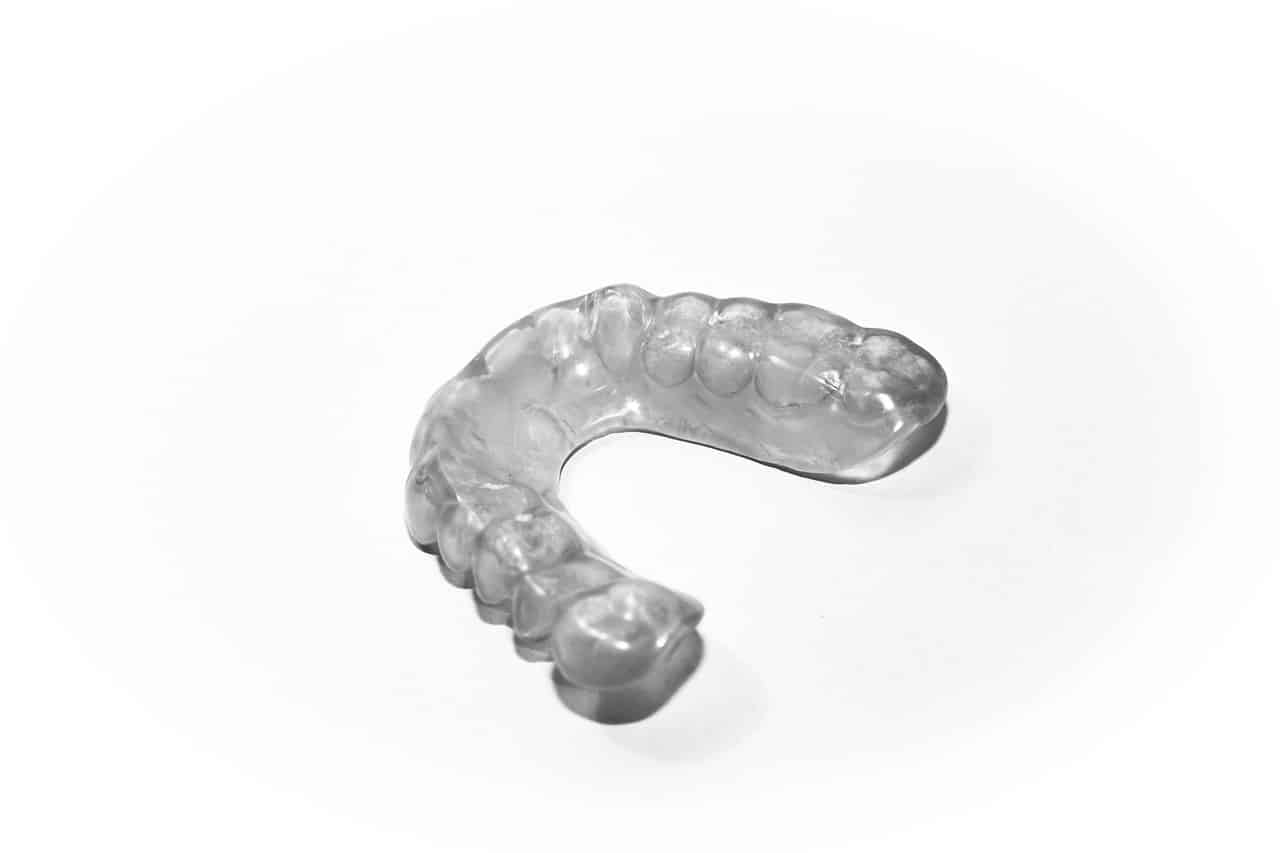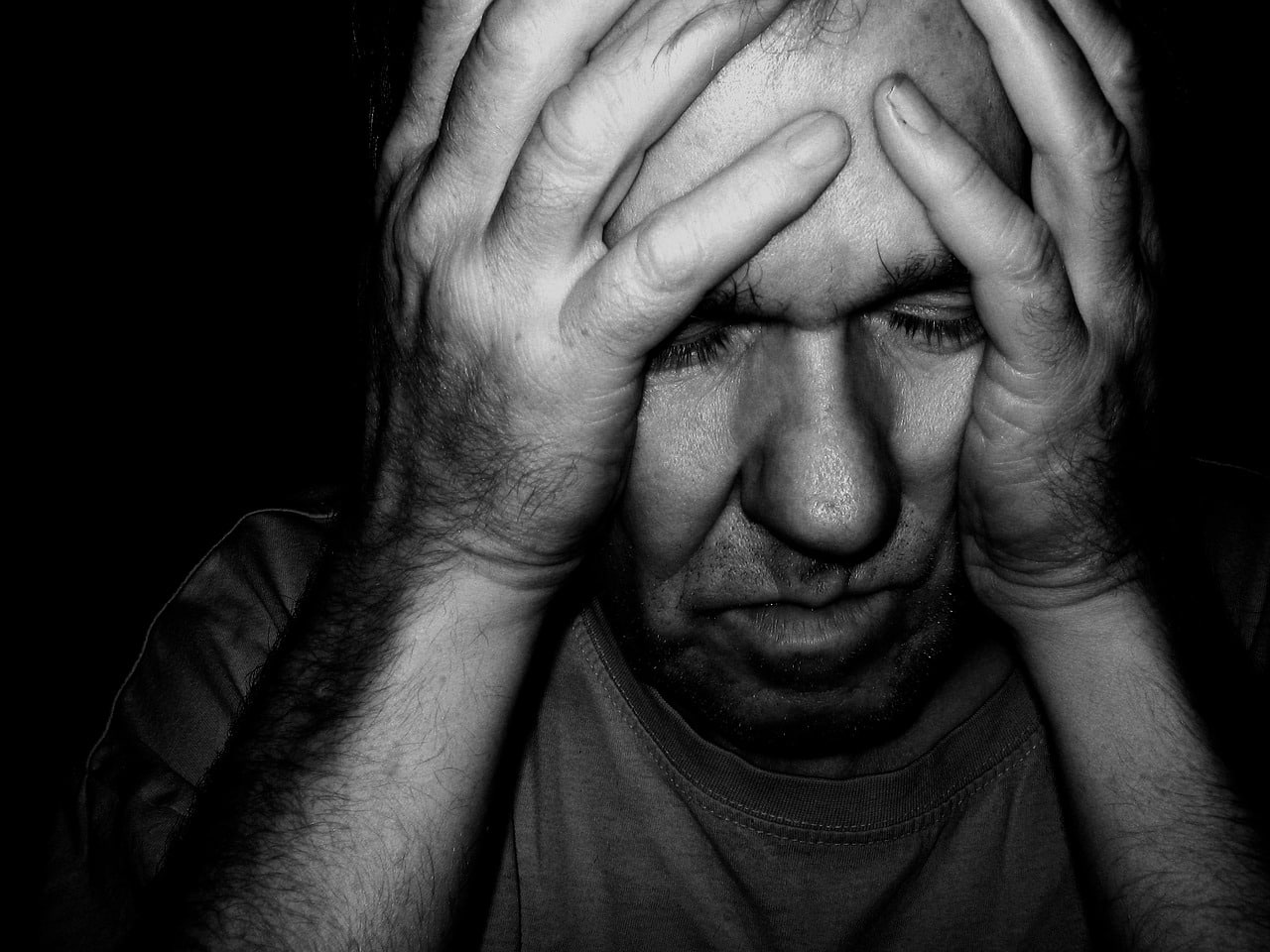
The relief splint helps minimize the effects of bruxism.
Bruxism is the involuntary grinding of the teeth . This disorder , which affects more than 10% of the population, usually occurs while the person sleeps. For example: "The dentist recommended that I use a rest plate to treat bruxism" , "I didn't know why I woke up with a headache until I was diagnosed with bruxism" , "Bruxism caused three of my teeth to break" .
The etymological origin of the term that concerns us now is found in Greek. Specifically, we can establish that it emanates from the word brugmos , which can be translated as "bite" .
Characteristics of bruxism
Bruxism can affect children, adults, men and women alike. The most common age of onset is between 17 and 20 years and, in many cases, spontaneous remission occurs after 40 years.
The most common causes of bruxism are psychological . Stress and anxiety lead the person to clench or grind their teeth without realizing it when they sleep. This unconscious nature makes knowing its causes somewhat complicated.
Pain in the jaw , neck and ear muscles , headache and dental problems are the most common consequences of bruxism.
However, we cannot ignore the existence of many other symptoms experienced by people who suffer from this dental problem. These range from eating disorders to insomnia, to a strong sensitivity of the teeth to hot or cold products, as well as inflammation of the jaw.

Bruxism often causes a headache.
The diagnosis
When it comes to correctly diagnosing a bruxism problem, dental experts carry out various tests such as a complete examination as well as taking the corresponding x-rays .
Experts distinguish between Grade I bruxism (not very aggressive and occasional), Grade II (generated by anxiety, requires treatment to avoid damage to the teeth) and Grade III (the affected person reproduces the habit even consciously and suffers injuries. considerable).
Bruxism treatment
The treatment is usually carried out through the use of a relief splint or relaxing plate that protects the teeth while the subject sleeps. This protector not only prevents dental injuries, but also helps eliminate pain as it prevents muscle strength.
Psychological therapy , anti-anxiety medications , and relaxation exercises may also be suggested by the doctor. All this without forgetting that, in serious cases, surgery must be resorted to.
In addition to following the corresponding treatment established by the medical professional, it should not be overlooked that there are various recommendations that people with bruxism can carry out at home. These are tricks that will help you improve this problem and reduce the symptoms you experience:
- Drink a significant amount of water daily.
- As far as possible, avoid eating foods that are excessively hard.
- It is necessary to sleep well and for at least eight hours a day.
- Apply heat or ice to the area of the jaw that is swollen.
- Perform massages on the neck and face and even the shoulders.
- Undertake stretching exercises.
